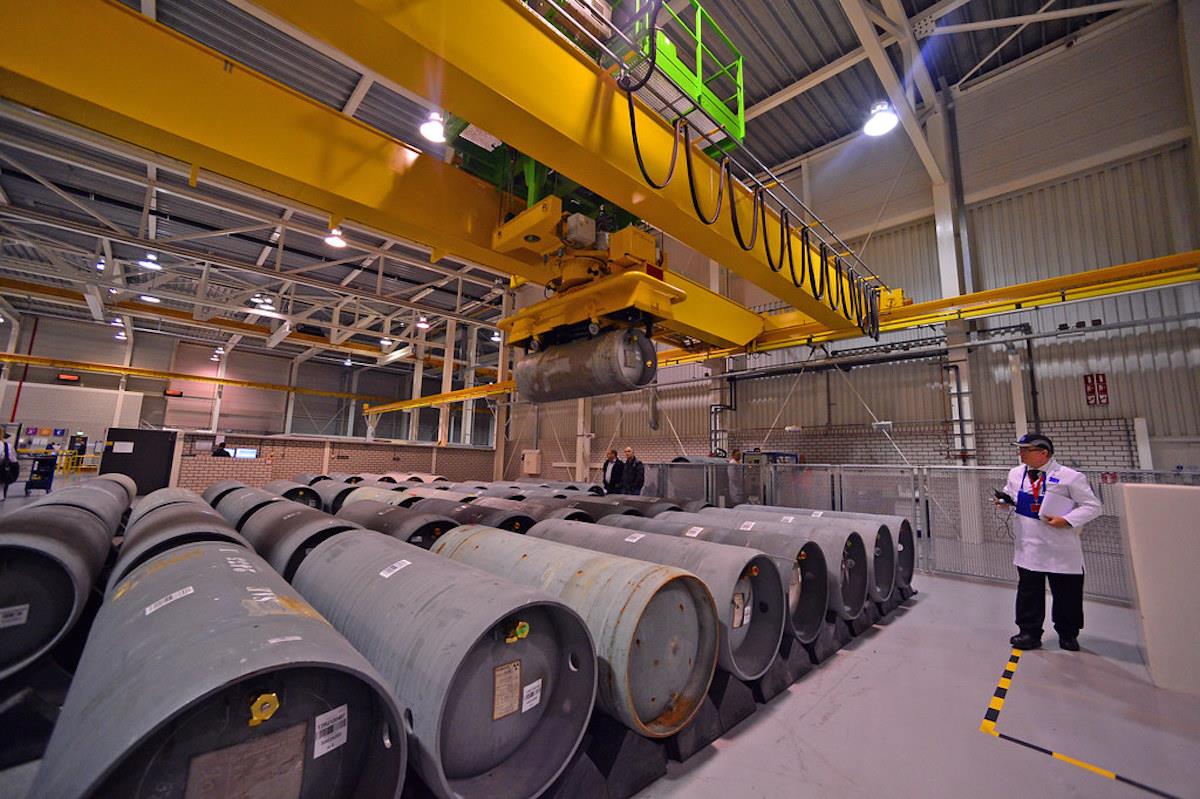Squad Ditches Quad To Keep US Heat On China
Date
5/17/2024 5:10:52 AM
(MENAFN- Asia Times) In early April 2024, the navies of four countries -Australia, Japan, the Philippines, and the United States - held a maritime exercise in the South China Sea.
Australia's Warramunga, Japan's Akebono, the Philippines' Antonio Luna, and America's Mobile worked together in these waters to strengthen their joint abilities and – as they said in a joint statement – to“uphold the right to freedom of navigation and overflight and respect for maritime rights under international law.”
A few weeks later, between April 22 and May 8, ships from the Philippines and the US operated alongside Australian and French naval troops for
Exercise Balikatan 2024 .
For this Balikatan (“shoulder-to-shoulder”), over 16,000 troops participated in an area of the South China Sea that is outside the territorial waters of the Philippines. Alongside the navies of these nations, the Coast Guard of the Philippines took part in Exercise Balikatan.
This is significant because it is the boats of the Coast Guard that most often
encounter
Chinese ships in these international waters, part of which are disputed between China and the Philippines.
Although the official documents of these exercises do not mention China by name, they are certainly designed as part of the increasing military activity driven by the United States along China's maritime border.
During the Balikatan exercise, the navy vessels from the Philippines and the United States jointly attacked and sank the decommissioned Philippine Navy
BRP Lake Caliraya. The ship-which was made in China-had been donated to the navy by the Philippine National Oil Company in 2014.
The fact that it was the only ship in the Philippines' navy that was made in China did not go
unnoticed
within China. Colonel Francel Margareth Padilla-Taborlupa, a spokesperson of the armed forces of the Philippines,
said
that this was“purely coincidental.”
During Balikatan, the defense ministers of the four main nations met in Honolulu, Hawaii to discuss the political implications of these military exercises off the coast of China.
Latest stories

US opens door for China advances in the Pacific

China tech shares hint at economic green shoots

US ban on Russian uranium could backfire Australia's Richard Marles, Japan's Kihara Minoru, the Philippines' Gilberto Teodoro, and the United States' Lloyd Austin met for their second meeting to discuss their collaboration in the region that they call the Indo-Pacific.
It was at the edges of this meeting that the public relations teams of these ministers began to float the term“Squad” to refer to these four countries. While they did not formally announce the creation of a new bloc in East Asia, this new nickname intends to provide a de facto announcement of its existence.
From Quad to Squad In 2007, the leaders of Australia, India, Japan, and the United States met in Manila (Philippines) to establish the Quadrilateral Security Dialogue (or Quad) while their militaries conducted Exercise Malabar in the Philippines Sea.
The Quad did not initially include the Philippines, whose president at the time-Gloria Arroyo-was trying to
improve
relations between her country and China.
The Quad did not develop because Australia's Prime Minister Kevin Rudd was unhappy with Washington's growing belligerence towards Beijing. The Quad revived in 2017, once more in
Manila , with a more forthright agenda to work against China's Belt and Road ambitions in the region, which then-US Secretary of State Rex Tillerson
called
“predatory economics.”
Over the past two years, the US has been frustrated with India's discomfort with the kind of pressure campaign that the US has been mounting against China and Russia. India refused to stop buying discounted Russian energy, which was a pragmatic decision during an election period (although India's purchase of Russian energy has declined over time).
When asked if India will consider being a NATO+ member, India's Foreign Minister S Jaishankar
said
that India does not share the“NATO mentality.”
India's
reluctance
to join in the full-throated New Cold War against China annoyed the US government, which therefore decided to set aside the Quad and assemble the Squad with the more pliant and eager government of Philippine President Ferdinand Marcos Jr.
It is important to note, however, that in April India delivered a batch of supersonic BrahMos cruise missiles to the Philippines, sold for US$375 million and produced by a joint venture between arms manufacturers in India and Russia.
That these missiles might be part of the new pressure campaign against China is not something buried in the fine print of the deal.
Pivot provocations Since its“pivot to Asia,” the US has sought to provoke China. The US trade war that began in 2018 largely fizzled out due to China's Belt and Road Initiative and its attempt to build the advanced production lines to circumvent US trade restrictions (for instance, when the US tried to prevent China from importing semiconductor chips, the Chinese
developed
their own manufacturing capacity).
The US attempt to make Taiwan into the frontline of its pressure campaign has not borne fruit either. The inauguration of Taiwan's new President Lai Ching-te on May 20 brings to the helm a man who is
not interested
in pushing for Taiwan's independence; only 6% of Taiwan's population
favors
unification with China or independence, with the rest of the population satisfied with the status quo.
Unable to create the necessary provocation over Taiwan, the US has moved its gunsights to the Philippines. While the Philippines and China dispute the status of several islands in the waters between them, these disagreements are not sufficient to drive either country to war.

Sign up for one of our free newsletters The Daily ReportStart your day right with Asia Times' top stories AT Weekly ReportA weekly roundup of Asia Times' most-read stories
In April 2024, former president of the Philippines Rodrigo Duterte
recalled
that when he was president (2016-2022),“there was no quarrel. We can return to normalcy. I hope that we can stop the ruckus over there because the Americans are the ones pushing the Philippine government to go out there and find a quarrel and eventually maybe start a war.”
In March, President Marcos
said
that he is“not poking the bear” and does not want to“provoke” China. However, the formation of the Squad two months later indicates that the Philippines has now replaced Taiwan as the frontline state for US provocations against China.
China's vice chair of its Central Military Commission, Zhang Youxia, warned against“gunboat muscles.”“Reality has shown,” he said,“that those who make deliberate provocations, stoke tensions, or support one side against another for selfish gains will ultimately only hurt themselves.”
This article was produced by Globetrotter and is republished with kind permission.
Vijay Prashad is an Indian historian, editor, journalist and chief correspondent at Globetrotter. He is also an editor of LeftWord Books and the director of Tricontinental: Institute for Social Research .
He has written more than 20 books, including The Darker Nations and The Poorer Nations . His latest books are Struggle Makes Us Human: Learning from Movements for Socialism and (with Noam Chomsky) The Withdrawal: Iraq, Libya, Afghanistan, and the Fragility of U.S. Power .
Already have an account?Sign in Sign up here to comment on Asia Times stories OR Thank you for registering!
An account was already registered with this email. Please check your inbox for an authentication link.
MENAFN17052024000159011032ID1108225497

Legal Disclaimer:
MENAFN provides the information “as is” without warranty of any kind. We do not accept any responsibility or liability for the accuracy, content, images, videos, licenses, completeness, legality, or reliability of the information contained in this article. If you have any complaints or copyright issues related to this article, kindly contact the provider above.